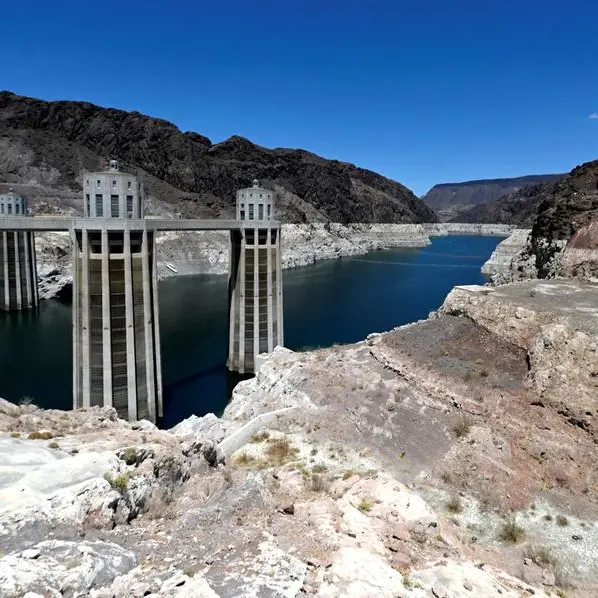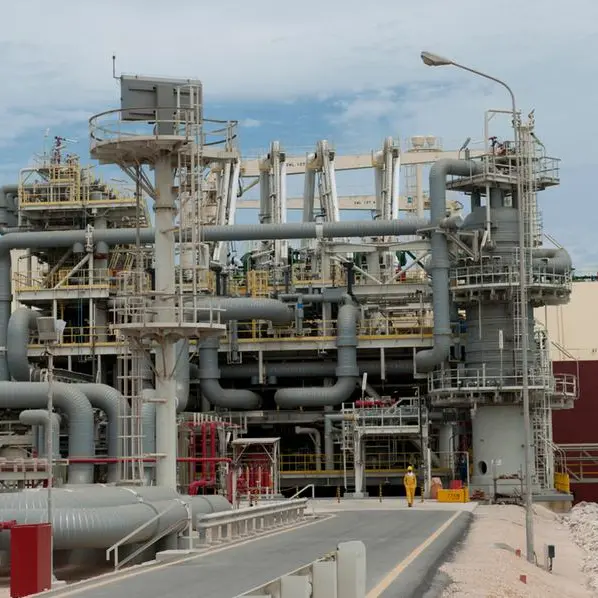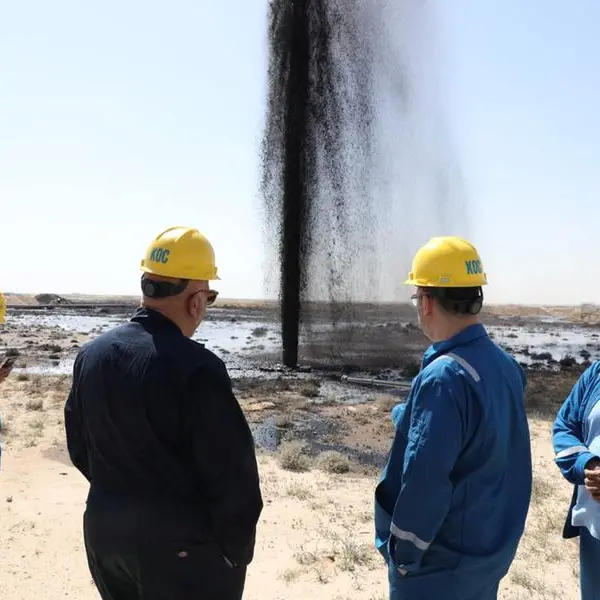PHOTO
PARIS – The number of jobs in the global energy sector rose in 2022 as growing investment in clean energy technologies drove demand for new workers in every region of the world, according to a new IEA report that offers a benchmark for employment across all energy industries.
The second edition of the World Energy Employment report, which is published annually, maps energy sector employment by region, fuel, technology, and value chain. The report provides a data-rich foundation for policymakers, industry, labour, and educators to understand the labour-related impacts of clean energy transitions.
Global energy employment rose to 67 million people in 2022, an increase of 3.5 million from pre-pandemic levels. More than half of employment growth over this period was in just five sectors: solar PV, wind, electric vehicles (EVs) and batteries, heat pumps, and critical minerals mining. Of the five sectors, solar PV is by far the largest employer, accounting for 4 million jobs, while EVs and batteries were the fastest growing, adding well over 1 million jobs since 2019.
Jobs in fossil fuel industries have also seen an increase year-on-year, but the rebound has been more subdued, leaving fossil fuels below pre-pandemic levels, despite oil and gas companies experiencing record revenues in 2022. As a result, clean energy employment represents over half of total energy sector jobs, having overtaken fossil fuels in 2021.
The uptick of clean energy jobs occurred in every region of the world, with China, home to the largest energy workforce today, accounting for the largest share of jobs added globally. The expansion of clean energy industries is also generating upstream jobs in critical mineral mining, which added 180 000 jobs in the last three years, highlighting the growing importance of these essential elements in the new energy economy.
However, a growing number of energy industries are citing skilled labour shortages as a key barrier to ramping up activity, according to a proprietary survey carried out by the IEA with 160 energy firms globally. The report finds the number of workers pursuing degrees or certifications relevant to energy sector jobs is not keeping pace with growing demand. This is particularly the case for vocational workers like electricians specialised for energy-sector work, as well as professionals in science, technology and engineering.
“The unprecedented acceleration that we have seen in clean energy transitions is creating millions of new job opportunities all over the world – but these are not being filled quickly enough,” said IEA Executive Director Fatih Birol. “Governments, industry and educational institutions need to put in place programmes to deliver the expertise needed in the energy sector to keep pace with growing demand, particularly to manufacture and build the clean energy projects necessary to meet our energy and climate goals.”
Around 36% of the world’s energy workers are in high-skilled occupations, compared with about 27% for the wider economy. Some fossil fuel companies are retraining workers internally for positions in low-emissions areas to retain talent or to maintain flexibility as needs arise. However, this is not an option everywhere, and ensuring a people-centred and just transition for affected workers must remain a focus for policymakers, especially in the coal sector where employment has been declining consistently for several years, largely due to increasing mechanisation.
The increasing demand for workers in clean energy is expected to continue, with the growth in new jobs outweighing declines in fossil fuel roles in all IEA scenarios. In the updated Net Zero Emissions by 2050 Scenario – which provides a global energy sector pathway consistent with limiting global warming to 1.5 °C – 30 million new clean energy jobs are created by 2030, while close to 13 million jobs in fossil fuel-related industries are at risk. This means that around two clean energy jobs would be created for every fossil fuel-related job lost. Energy jobs may not always be in the same location nor require the same skills, meaning policymakers should focus on job training and capacity building to ensure that energy transitions benefit as many people as possible.
Workers coming from outside the energy sector will be essential, and with some retraining, many workers today could benefit from higher wages in the energy sector. There is a growing body of policymaking that aims to ensure the jobs created offer rising standards for workers, are more inclusive and target energy communities impacted by the transition, an area the IEA is tracking and analysing.























